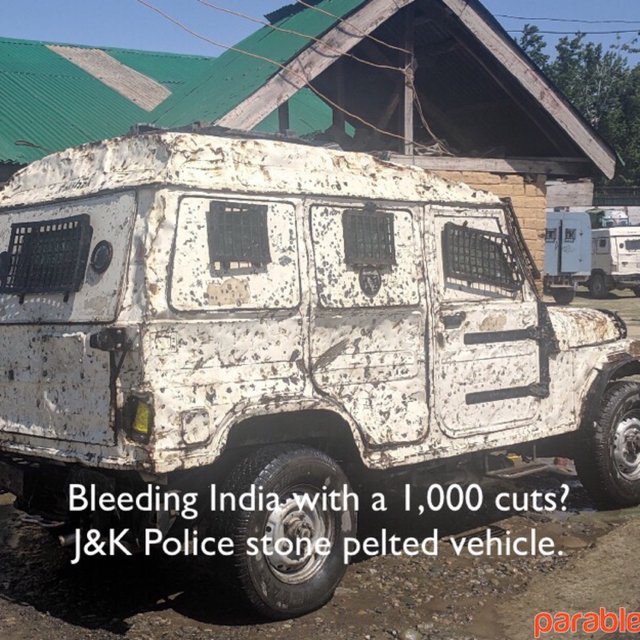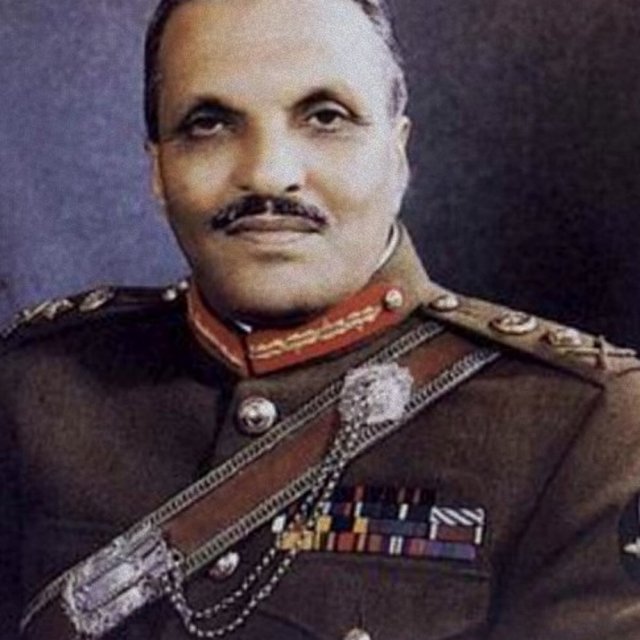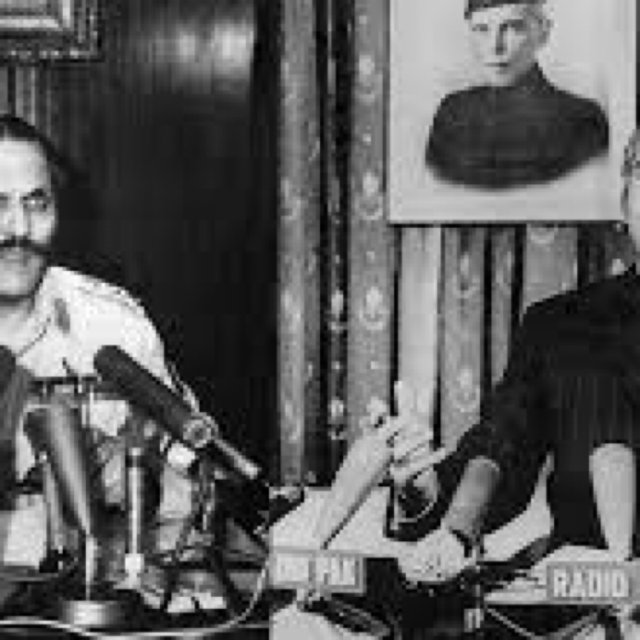Bleeding India with a 1,000 cuts?
The origins of the strategic doctrine are attributed to Zulfikar Ali Bhutto, then a member of the military regime of the General Ayub Khan, who declared a thousand year war against India during his speech to the United Nations Security Council in 1965.
His plans for the 1971 war included severing the entire eastern India and making it a "permanent part" of East Pakistan, occupying Kashmir, and turning East Punjab into a separate 'Khalistan'.
After the war ended with Pakistan's own dismemberment, he laid down the doctrine of continuing the conflict by "inflicting a thousand cuts" on India.
According to The Pioneer Bhutto declared that Pakistan's success in its 'national' goal of destruction of India would only be possible by "delivering a thousand cuts on its body politic" and not through a direct conventional war. One of the purposes of the declaration was to divert public attention from internal problems facing Pakistan.
Reetika Sharma writes that Pakistani Army Chief General Zia-ul-Haq gave form to Bhutto's "thousand years war" with the 'bleeding India through a thousand cuts' doctrine using covert and low-intensity warfare with militancy and infiltration.[9] This doctrine was first attempted during the Punjab insurgency and then in Kashmir insurgency using India's western border with Pakistan. India's borders with Nepal and Bangladesh have been used as points to insert trained militants into the country.
Wikipedia
Images: J&K Police stone pelted vehicle, Zia, Bhutto.


